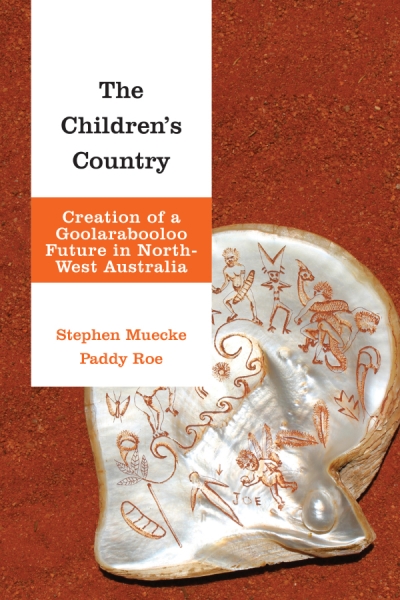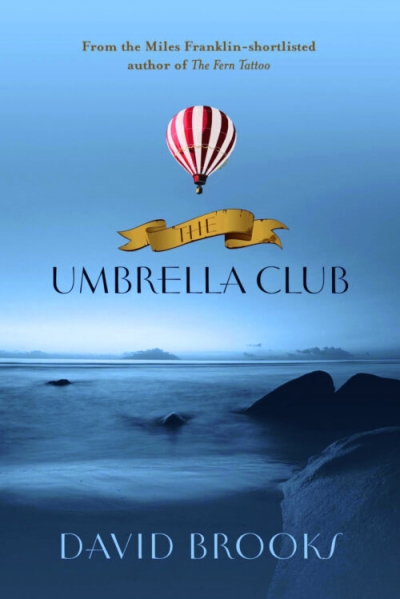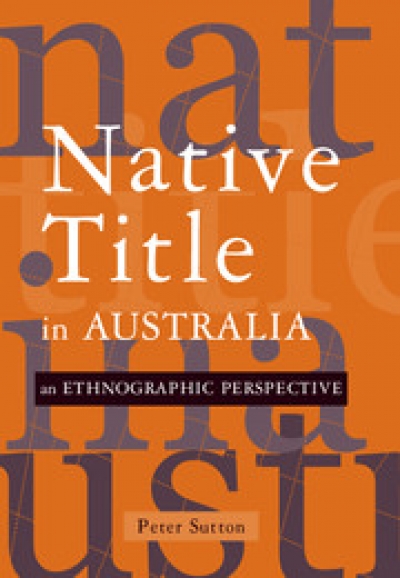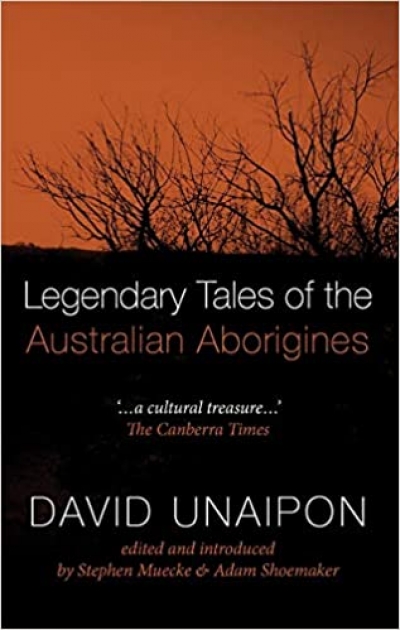Stephen Muecke
The Children’s Country: Creation of a Goolarabooloo future in north-west Australia by Stephen Muecke
by Philip Morrissey •
Traumascapes: The power and fate of places transformed by tragedy by Maria Tumarkin
by Stephen Muecke •
Cultural Studies Review edited by Chris Healy & Stephen Muecke & Australian Historical Studies edited by Joy Damousi
by Melinda Harvey •
Cultural Studies Review edited by Chris Healy and Stephen Muecke & Griffith Review 5 edited by Julianne Schultz
by James Ley •
Native Title in Australia by Peter Sutton & Crossing Boundaries edited by Sandy Toussaint
by Stephen Muecke •
Law in a Lawless Land: Diary of a limpieza in Colombia by Michael T. Taussig
by Stephen Muecke •
Legendary Tales of the Australian Aborigines by David Unaipon, edited and introduced by Stephen Muecke and Adam Shoemaker
by Susan Hosking •










